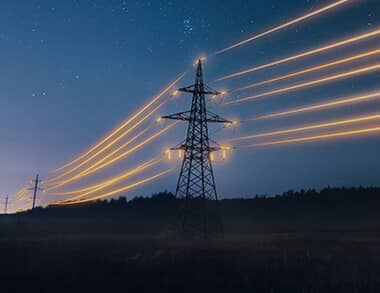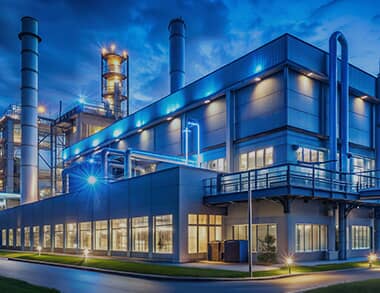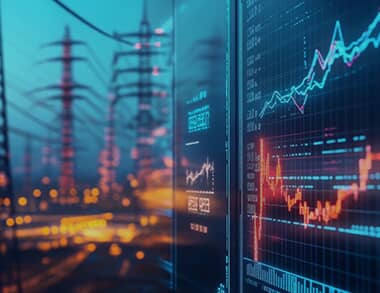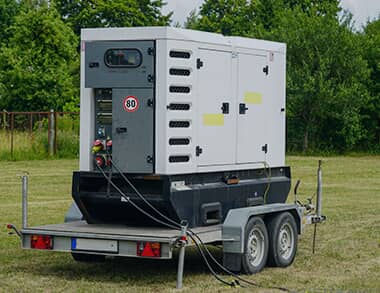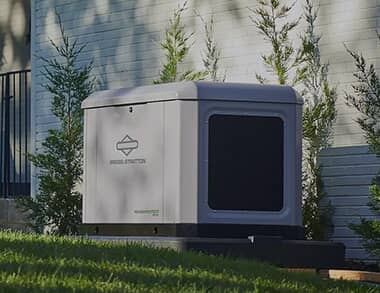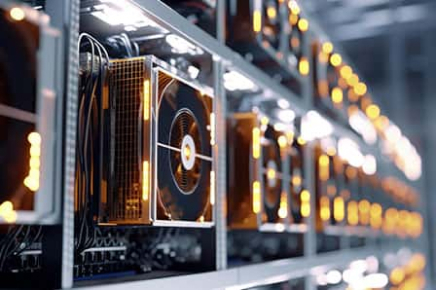Choosing the Right Thermal Imaging Camera

Accurate data is the key to keeping your generator operating smoothly. And, obtaining accurate data requires having the right thermal imaging camera for the job. When choosing your camera, the following are some crucial considerations to keep in mind.
More Pixels = Better Resolution = More Accurate Imaging
More detector pixels give you greater resolution and a more accurate image to examine. This is vital, because a greater spatial resolution will allow you to see the tiniest variations. This allows you to more accurately detect problems as they emerge and allows you to make adjustments that can protect your generator from a critical breakdown.
Focus, Focus, Focus
There are many types of focusing options to select from. Fixed and autofocus allows you to simply point and shoot. Manual makes it possible to focus the lens with exceptional precision. Laser-assisted focus calculates the distance and automatically focuses the camera. And, multifocal will take multiple shots and combine them into a single image with ultra-fine detail.
Lens Selection
You may have multiple types of equipment that thermal imaging can help you maintain. If you have other systems you would like to monitor and inspect, choose a thermal imaging system with the ability to take standard, telephoto, wide, and macro shots. This will give you the versatility to manage all of your systems with one tool.
Temperature Range
It is imperative to select a thermal imaging camera that can detect the temperatures emitted by your generator system. When choosing a camera, confirm that it has the capability to detect the lowest and highest temperature ranges estimated by the manufacturer.
Memory Matters
Select a thermal imaging camera that has the capability to record both voice and images. This will allow you to take notes that apply to the images captured by the camera. Additionally, make sure the camera is easily connected to your existing networks, as this will make data transfer simpler and faster.
Watch for Emissivity
Infrared energy can be reflected from shiny metal surfaces. This can negatively affect the accuracy of the thermal imaging camera. When selecting a camera, be sure to choose one that allows you to adjust for low-emissivity surfaces. If you don't, the data you collect will be significantly skewed.
Bigger Batteries are Better
There is no guarantee regarding how long your inspection will take. Whether it is a few minutes or a few hours, you need a thermal imaging camera with a battery capable of going the distance. The longer the life of the battery, and the shorter the charging time, the better.
Do you have more questions about thermal imaging cameras? Contact the experts at Gen-Tech Power Generation Specialists at (800) 625-8324. It is our pleasure to tell you more about the cameras we recommend for monitoring standby generator operations.
More Pixels = Better Resolution = More Accurate Imaging
More detector pixels give you greater resolution and a more accurate image to examine. This is vital, because a greater spatial resolution will allow you to see the tiniest variations. This allows you to more accurately detect problems as they emerge and allows you to make adjustments that can protect your generator from a critical breakdown.
Focus, Focus, Focus
There are many types of focusing options to select from. Fixed and autofocus allows you to simply point and shoot. Manual makes it possible to focus the lens with exceptional precision. Laser-assisted focus calculates the distance and automatically focuses the camera. And, multifocal will take multiple shots and combine them into a single image with ultra-fine detail.
Lens Selection
You may have multiple types of equipment that thermal imaging can help you maintain. If you have other systems you would like to monitor and inspect, choose a thermal imaging system with the ability to take standard, telephoto, wide, and macro shots. This will give you the versatility to manage all of your systems with one tool.
Temperature Range
It is imperative to select a thermal imaging camera that can detect the temperatures emitted by your generator system. When choosing a camera, confirm that it has the capability to detect the lowest and highest temperature ranges estimated by the manufacturer.
Memory Matters
Select a thermal imaging camera that has the capability to record both voice and images. This will allow you to take notes that apply to the images captured by the camera. Additionally, make sure the camera is easily connected to your existing networks, as this will make data transfer simpler and faster.
Watch for Emissivity
Infrared energy can be reflected from shiny metal surfaces. This can negatively affect the accuracy of the thermal imaging camera. When selecting a camera, be sure to choose one that allows you to adjust for low-emissivity surfaces. If you don't, the data you collect will be significantly skewed.
Bigger Batteries are Better
There is no guarantee regarding how long your inspection will take. Whether it is a few minutes or a few hours, you need a thermal imaging camera with a battery capable of going the distance. The longer the life of the battery, and the shorter the charging time, the better.
Do you have more questions about thermal imaging cameras? Contact the experts at Gen-Tech Power Generation Specialists at (800) 625-8324. It is our pleasure to tell you more about the cameras we recommend for monitoring standby generator operations.
Topics:
From Insights to Power: Let’s Talk Solutions
Whether you need emergency power, maintenance, or expert guidance on your generator system, Gen-Tech has you covered. Our experienced team provides industry-leading service to keep your power running when it matters most. Call (800) 625-8324 to discuss your power generation needs today!
Contact Us
